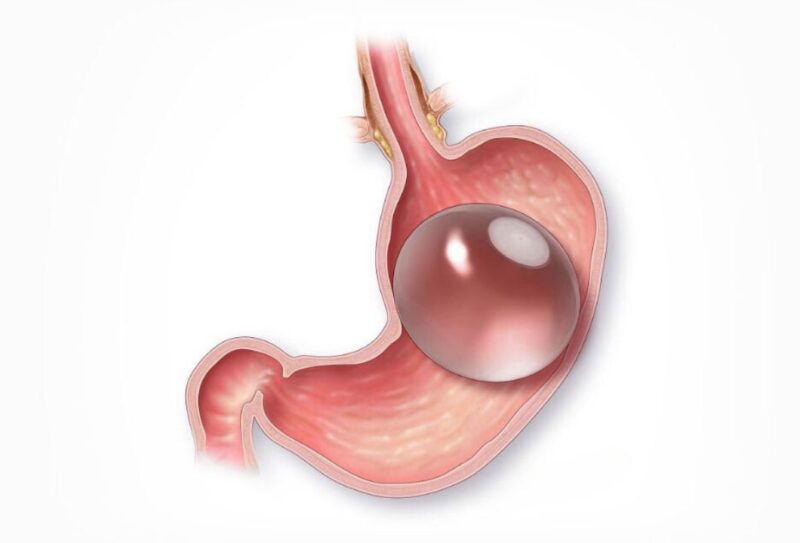Endoscopic revision of gastric bypass is a minimally invasive procedure aimed at modifying or adjusting a previous gastric bypass surgery. This technique offers an alternative to traditional surgical revision and can help address various complications or challenges associated with gastric bypass.
In this article, we will delve into how endoscopic revision of gastric bypass works and its potential benefits.
Understanding Gastric Bypass Surgery

Understanding gastric bypass surgery is crucial before talking about endoscopic revision. Creating a little pouch at the top of the stomach and connecting it straight to the small intestine is known as gastric bypass surgery. This reduces the size of the stomach and alters the digestive process, leading to weight loss.
What is Endoscopic Revision of Gastric Bypass?
Using an endoscope—a flexible tube equipped with a camera and surgical instruments—to enter the stomach and make modifications to the prior bypass operation is known as endoscopic revision of gastric bypass. This procedure can address issues such as weight gain, pouch dilation, or complications from the initial surgery.
How Does it Work?
- Preparation: Before the procedure, patients may undergo imaging tests or evaluations to assess the condition of the gastric bypass and identify any potential issues.
- Anesthesia: Patients receive sedation or anesthesia to ensure comfort during the procedure.
- Endoscopic Procedure: Through the mouth, the endoscope is directed into the stomach. The surgeon uses the camera and surgical tools attached to the endoscope to perform the necessary adjustments.
- Adjustments: The surgeon may tighten the link between the stomach and intestine, resize the stomach pouch, or treat any other problems found during the treatment, depending on the particular needs of the patient.
- Recovery: Patients are kept under observation following the operation for a short while before being sent home. Generally speaking, recovery time is less than with conventional surgical revision.
Benefits of Endoscopic Revision

- Minimally Invasive: Endoscopic revision is less invasive than traditional surgical revision, resulting in shorter recovery times and reduced risk of complications. Endoscopic procedures leave minimal to no visible scars, offering aesthetic benefits to patients concerned about post-surgical scarring.
- Customized Treatment: Each patient’s demands may be catered to during the operation, enabling customized modifications depending on unique issues or difficulties.
- Potential Weight Loss: By addressing issues such as pouch dilation or stoma enlargement, endoscopic revision can help patients achieve continued weight loss or prevent weight regain.
- Long-Term Success: Endoscopic revision can contribute to long-term success in weight management by addressing underlying issues that may hinder weight loss or lead to weight regain, promoting sustained health outcomes.
Conclusion
Endoscopic revision of gastric bypass offers a minimally invasive approach to addressing complications or challenges associated with previous gastric bypass surgery. Surgeons may precisely alter the structure of the stomach by using sophisticated endoscopic procedures, which can help patients lose weight and enhance their quality of life. Speak with a medical professional to find out if endoscopic revision is a good choice for you if you have gastric bypass surgery and are having problems.


